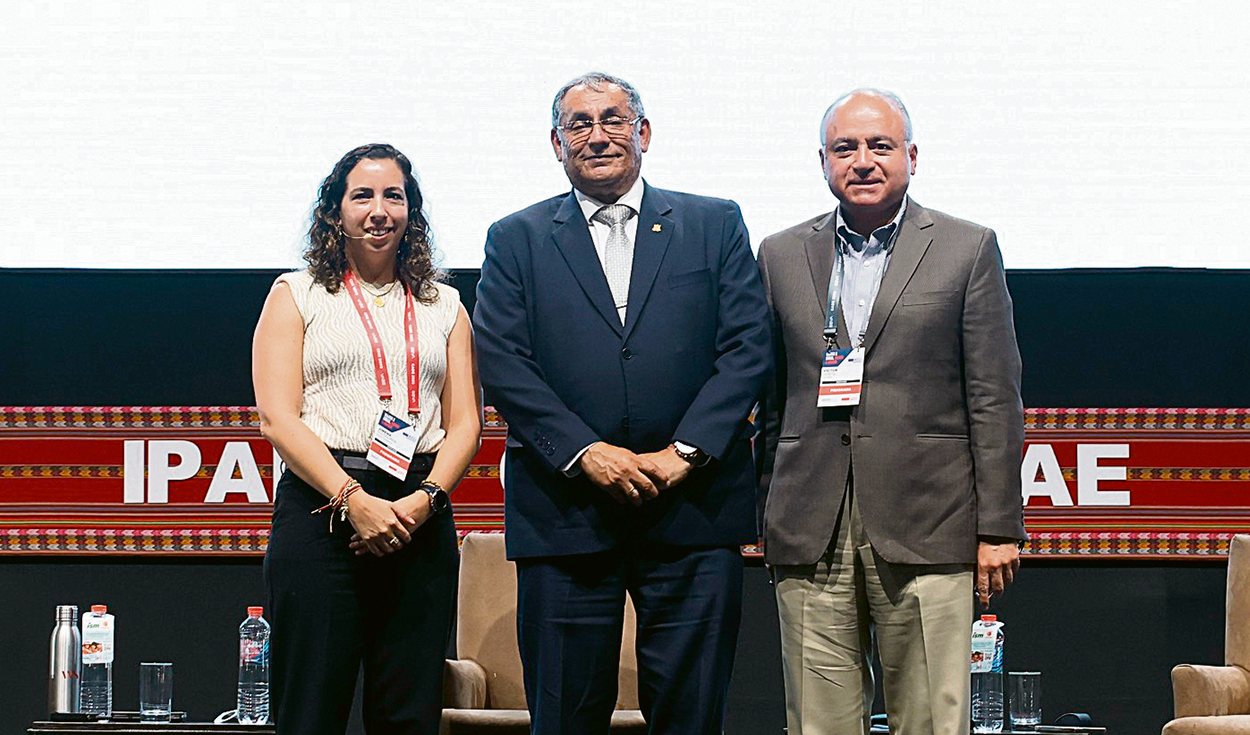
“We are going to implement a set of regulatory facilities in order to reduce procedures and eliminate unnecessary obstacles, promoting efficiency in project execution“was the promise that the head of the cabinet, Alberto Otarolapresented on the CADE 2023 executive panel, and which has been a corollary for the rest of the ministers who paraded before the most important business forum in the country.
In days when private investment is recording four consecutive quarters of decline and business confidence plummets, the Government’s now public offer includes exonerating urban authorization licenses, speeding up land acquisition deadlines, making the expropriation of properties for reconstruction in case of disasters, and unblock archaeological interventions, among others.
It has not been enough with the reactivation of public investment promoted by Minister Alex Contreras and now the last bullets are being burned to start 2024 in blue, leveraging with mining, a sector that together with hydrocarbons contributed 1.05 percentage points to the national GDP until September.
Part of these measures can be specified in the document that the advisory cabinet took to the Ministry of Energy and Mines (Minem) last September and to which La República had access. Among them is the automatic increase in processing capacity by up to 10% of what is authorized in a mine, optimization of prior consultation to facilitate the establishment of conservation areas, and solving problems of “intersectoral coordination” of Senace for the granting of environmental certification.
For José de Echave, former vice minister of Environmental Management, this last proposal is angular. He explains that Senace has been the target in recent weeks of a systematic attack to reduce the environmental fence that it should protect, to the point that its former general manager Joanna Fisher was removed by the Ministry of the Environment (Minam) after it was revealed that he pressured his staff in this line.
“It is an old recipe that does not lead us to a successful outcome. There have been environmental packages in 2013 and 2014, with the famous Law 30230. It is a mistake to think that the problem of mining investments has to do with excess permits,” he confers.
Great package in sight
It happens that, for example, environmental permits for mining exploration today take up to four years and slow down new projects. Víctor Gobitz himself, president of the National Society of Mining, Petroleum and Energy (SNMPE), requested before the panel of the CADE that this system be reformed.
However, De Echave maintains that there are other factors that explain the fall in investment in mining, such as a turbulent international scenario and closed financial markets in the face of slowly maturing projects, despite the fact that minerals are in a good moment.
On the contrary, he points out that only deregulation is being promoted that would once again break the social peace that stopped growth in recent years, “especially that associated with extractive sectors.”
Elimination of CIRA
This flexibility offered by Premier Otárola also extends to cultural heritage. The former Minister of Culture, Luis Jaime Castillo, warns that these ‘facilities in terms of archaeological interventions’ involve revitalizing the elimination of the Certificate of Nonexistence of Archaeological Remains (CIRA), another process ‘persecuted’ from the private sector and that remains shelved. .
Castillo states that the elimination of the rule, which allowed work to be carried out on archaeological remains, was not an initiative of mincul nor did it have technical support, but responded solely to a political gesture.
“Now it is understood why in the last minute of the regulation of the modification to the Heritage Law the elimination of the CIRA was included without any explanation. It is clear that the order came from above and that the minister, apparently, only followed an order,” she asserts.
The lifesaver of unlocking to raise
Alfonso Bustamante, president of Confiep, recognized in a previous interview for La República the good will shown by the majority of ministers to accept their requests.
Miguel Cardozo, vice president of the Institute of Mining Engineers of Peru (IIMP), questioned that, paradoxically, the Government insists on a new law on Territorial Planning, which, in his opinion, would affect the mining.
The Executive’s document includes a law to promote agro-exports with “tax incentives to boost investment and employment.”
The measures presented by the Executive in CADE are supported by DL 1559 and the delegation of powers.
Data
Advertisement. The digital single window for mining would come into operation in a month for its first stage dedicated to exploration, announced the Minister of Energy and Mines, Óscar Vera Gargurevich.
Aim. During his presentation on the second day of CADE, he specified that the design of this window aims to unblock procedures linked to mining.
Reactions
José de Echave, former vice minister of Environmental Management
“When all mining investment records were broken, projects increased with the same procedures and institutions, absolutely nothing new has been created. It is a mistake to follow that path.”
Víctor Gobitz, president of the National Society of Mining, Petroleum and Energy
“The exploration permits are presented in Minem, but there are 10 different organizations with the capacity to observe the project and there are two fundamental ones: Senace (Minam) and ANA (Midagri).”
Source: Larepublica
Alia is a professional author and journalist, working at 247 news agency. She writes on various topics from economy news to general interest pieces, providing readers with relevant and informative content. With years of experience, she brings a unique perspective and in-depth analysis to her work.












